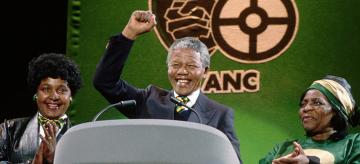
Regions of the World






Learning Journeys
A learning journey is a student facing, curated collection of resources that explore a topic from a specific perspective.

Explore this collection of learning resources to better understand the history, people, and politics of Europe.

Explore this collection of learning resources to better understand the history, people, and politics of the Americas.

Explore this collection of learning resources to better understand the history, people, and politics of the Middle East and North Africa.

Explore this collection of learning resources to better understand the history, people, and politics of Sub-Saharan Africa.

Explore this collection of learning resources to better understand the history, people, and politics of Asia.